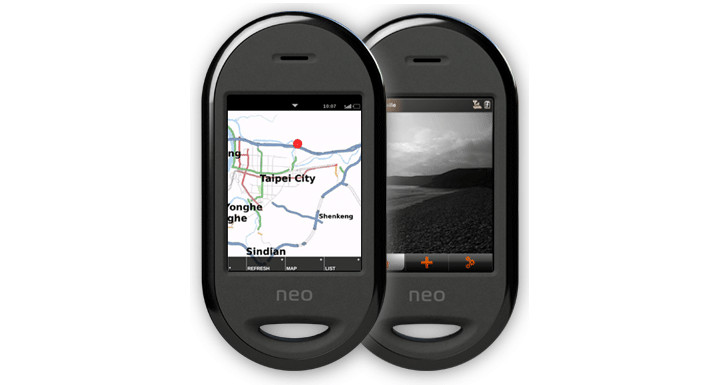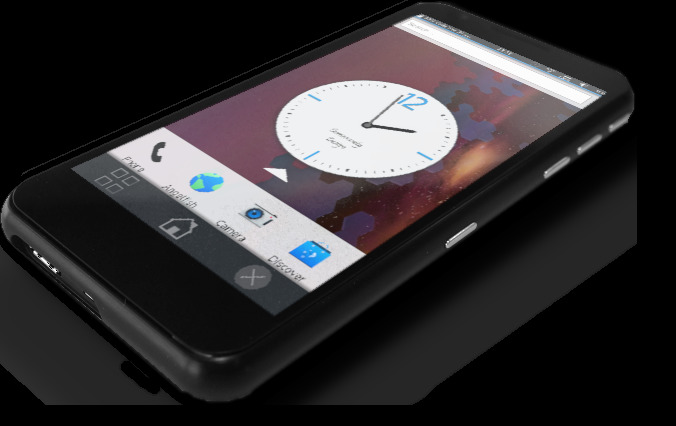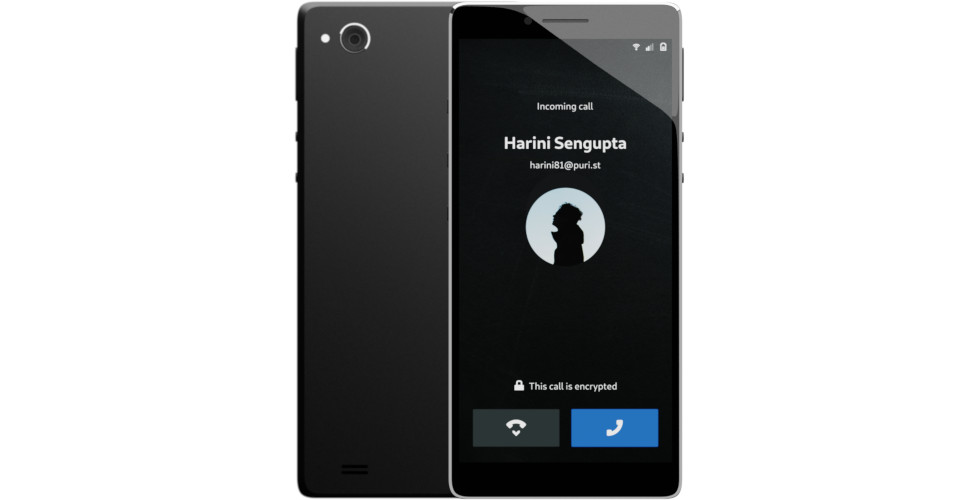It’s probably not an exaggeration to say that most of modern life revolves or involves smartphones in one way or another. Even for basic things such as text messaging and phone calls, budget entry-level smartphones have started to replace “dumb” feature phones. It’s not really that hard to understand why. These veritable computers in our pockets are amazing, able to do almost anything and store almost any data, either directly or through the cloud. They are, in a way, the most personal personal computers in existence, which is why it is even more crucial that open source smartphones, or better yet open phones, become more readily available for anyone and everyone.
Old Tune
The desire to have open source, and even open hardware, smartphones isn’t exactly new. Whenever there’s a new wave of devices that comes around, the open source community always ends up wishing there were such a product that not only catered to our wants but was also designed specifically to take our principles into account.

Although definitely not the first, the Openmoko was the one that came closest to succeeding. Launched in 2007, the strange-looking Neo 1973 offered both a Linux operating system for phones as well as the “open source hardware” to run it on. The phone’s launch, as well as that of its successor, the Neo FreeRunner, were marred by delays and shortages but Openmoko still etched a legacy in the Linux and open source history.
Not by coincidence, it was also around that time that (the original) Nokia launched its series of “Internet Tablets”, the N800 and N810, culminating in the N900 and the N9/N950 smartphones. All these ran on Linux and were closer to the desktop version of Linux than Android or even Ubuntu Touch. At the same time, they were not completely open on both hardware and software levels but had enough for the open source community to keep it alive even when the companies behind it have turned to ash.
Of course, some will argue that Android has kept the flame alive through out these years. It is, after all, an open source operating system, right? Depends on who you ask. While the core of Android is indeed open source, the majority of what users experience as Android isn’t, from the hardware binary blobs to Google Play Services.

Then there were the Ubuntu Touch phones (let’s not mention the Ubuntu Edge, shall we?). Definitely more Linux than Android, it also came close to becoming the open source Linux phone that even consumers could use. Granted, it relied heavily on proprietary Android pieces to actually run on existing consumer phones. Unfortunately, it ended up as a commercial failure, with OEMs quickly losing interest in the platform. It probably didn’t help that Canonical dug itself into a hole with its NIH features.
UPDATE: As many mentioned in the comments below. Ubuntu Touch lives in the
New Players
Thanks to the availability of affordable hardware components and, of course, open source software, there has recently been a resurgence of interest in open source phones. Those range from DIY Frankensteins built around SBCs like the Raspberry Pi to sometimes shady crowdedfuning campaigns. These proved there is no small amount of interest but not enough to turn it into a sustainable business.
Then along came Purism, who already made a name for themselves with their privacy-oriented Linux laptops. Knowing the role smartphones play in people’s lives today, the startup embarked on a journey to bring their principles and experience to the mobile world. Thus the Purism Librem 5 was born and, more importantly, crowdfunded. Unlike previous attempts, both commercial and crowdfunded, Purism made sure to enlist (and even employ) the help of open source developers and communities. Although the phone continues to be developed, it has hit a few hurdles and delays that, as we’ll see later, any small open source phone maker would run into sooner or later.

The latest addition to this growing roster is Necuno Mobile from a Finnish company “focusing on information security and privacy”. Working with the KDE community to bring Plasma Mobile to the phone, Necuno Solutions a truly open source and secure phone, with the caveat that it will still be using proprietary firmware for certain hardware. That story is just unfolding and there’s no telling yet when the first devices will be commercially available if at all.
Privacy and Security
While earlier attempts at an open source smartphone seemed to revolve around general openness and hackability, these recent endeavors mostly focus on privacy and security. That’s quite telling because it reflects the current situation and growing concern around smartphones being not just gateways to the Internet and services but also backdoors to spies, hackers, and criminals.
Of course, smartphone makers and platform developers will denounce attempts at hacking their products or forcing backdoors in them. They might not be able to do much, however, when governments start breathing down their neck. And we can never really be sure if any of these players, from OEMs to governments to networks, are doing what they claim they’re doing. Not unless people can check the source code and examine the data freely and legally.
With so much of our personal and even professional lives stored in our phones or passing through them, much more than our PCs and Macs, we should be scared at how little control and oversight we have over them. And it’s not just a theoretical scenario, with spam, fraud, hacks, and tracking popping up left and right, regardless of the platform. It’s not just a possibility, it’s already happening.

Longevity
There is one other consideration for open source phones, one that Android users are probably more acutely aware of compared to iOS ones. Most Android phones come with a 2-3 year guarantee of updates, explicit or implied. After that, you’re on your own to fend off security holes left open or outdated and poor-performing software. Apple admittedly does a commendable job at supporting years-old devices, but that can change any time and users can do nothing about it.
An open source phone, at least in theory, wouldn’t have to worry about obsolescence as long as there’s someone willing to update the necessary software pieces. And if one platform no longer works, users would be able to install a different one instead. There is no lock in of any sort. Being able to run any OS on a device, for as long as you want even beyond the device’s support period, is a user’s dream. Unfortunately, it also runs contrary to one of the business models that make creating such an open smartphone, much less selling one, nearly impossible.
Business Matters
While an open source smartphone is a clear win for consumers and software developers, it isn’t just a risk for hardware makers. It is even a loss. It is unfortunate that the smartphone market has evolved in a direction where users are expected to upgrade their phones every two years or so. That may have been fine in the age of the old feature phones, but imagine if you had to buy a new laptop at that rate. Given how smartphones have become as power and as expensive as entry-level laptops, that’s not an unfair comparison.
There are other business practices and expectations that create hurdles for open source smartphones. Startups and visionaries can try designing their own, but component makers and assemblers might not even give you the time of day if you’re not a big company or order by the thousands or hundreds of thousands. And should you be lucky enough to find suppliers and partners, the current market revolves around parts with closed firmware which may not sit well with open source advocates.

Canonical tried to go the path of least resistance by partnering with OEMs to install Ubuntu Touch on existing devices. That worked to some extent and was a compromise if you don’t mind relying on binary blobs beneath the hood. Unfortunately, that didn’t last long for other reasons and anyone smaller than the Ubuntu maker will find less willing partners to take that risk again.
Many Eyeballs
While a true open source Linux-based phone would be a huge step towards protecting the privacy and security of consumers, let’s also not kid ourselves. It is not a panacea. Like the Linux and open source world at large, security and privacy are not automatic features of open source. Rather, it is open source that enables those features, by allowing developers and users to keep a watchful eye on the code.
In fact, the need for vigilance would be even greater with an open source mobile platform. It will not have the same resources, human or otherwise, that Google and Apple have to throw at screening and vetting everything that goes into the system. Code isn’t always understandable, even to seasoned Linux users. It will be up to the various and sometimes fragmented communities to step up and keep watch over these phones and the software that run on them.
At this point, a true open source smartphone, one where the consumer is protected and is in full control, continues to be a pipe dream. Sure, there are a few new takes that sound promising but, until they deliver, they are just that, promises. And even if they do, they might pale in comparison to more advanced but semi-proprietary phones in the market. The odds do seem stacked against it but open source advocates have always been dreamers and rebels. What these dreams need are a strong show of support and, perhaps, some financial help as well.






and UBPORTS.com
out of date info here
Good day! I am really surprised that this brand new article totally missed the massive developments in the UBports community for Ubuntu Touch. There are nearly 2000 active members in the telegram group alone, not to mention new and exciting updates nearly daily. Further, there are new hardware ports happening regularly. I have been using my Ubuntu Touch phone as a daily driver with UBports Ubuntu Touch since it started and it’s really great. I can’t go back to Android now! Hopefully these updates help your readers and thanks for writing an article on such an important topic.
Yes, you need to check UBports project. The community is doing an amazing job since Canonical dropped the ball.
Hi you forgot Pine64 too, they’re making a Linux smartphone based in the A64 board
Hi, thanks for the note. I intentionally didn’t mention Pine64 because I haven’t seen any official announcement yet other than sites reporting what Riddell has mentioned. I didn’t want to preempt their plans but we’ll definitely cover it anew when they do make it official. (That or mention it in a different context, like in an article on open source laptops!)
Ubunch Touch is most definitely alive and well at UBports. Go check it out.
UBports Ubuntu Touch has entered today Distrowatch Top 100 over 6 months at rank 99.
So definitely alive and many are aware of that.
UBports community released it’s 6th OTA of Ubuntu Touch few days ago, they deserve an entire article about that!
How can a website that calls itself OS Journal, not know that Ubuntu Touch is still very much in active development. :/
Hi everyone, thank you for all the comments! I’ve updated the article to include UBports. First of all, I want to apologize for not having mentioned it at all. I am very well aware of its existence and it wasn’t meant to belittle the project. I have two devices scheduled to jump from official (old) Ubuntu Touch to UBports and I was planning to have a review of that soon with an angle towards how the community can do wonders, picking up where companies have given up. In retrospect, I should have at least mentioned it in passing. I apologize for that.
But there is another reason I didn’t fully include UBports, or even the ongoing Plasma Mobile development (that predates Purism and Necuno) or even postmarketOS (funny no one mentioned that one). The angle I was aiming for in the article is that we need more phones that are open source from the ground up, including firmware and drivers as much as possible. From that perspective, while UBports, pmOS, and others do offer truer Linux and open source experiences, they are, at least as far as I know, still tied down to proprietary Android drivers, mostly through libhybris. And, as such, they mostly work only on existing Android phones. If anything, this piece was intended to make us wish for truly open source phones but also remind us of the unfortunate business practices that make it nearly impossible.
I hope that at least explains my position and I again apologize for not having mentioned UBports in the first place, even if only briefly.
You are right to note that, as things stand, all the Open Source Mobile OSs are dependent on some proprietary drivers, though I believe that there are efforts to overcome that.
The UBports developers’ focus is on refining what is already a good platform: i.e. hardware is not their primary concern. That Purism and Pine are interested in collaborating to bring UT to their hardware is evidence that this is the right course of action. I’m sure that UT will be portable to the Necuno device fairly easily too, since it uses the same chipset as the Librem 5. However, UT is running well on Nexus 4s, 5s, & 7s, the OnePlus One, the Fairphone 2 and BQ and Meizu devices.
I did this one one day might be of benefit? Kind of covers those three you just mentioned.
sorry sent too quickly: https://wayneoutthere.com/three-alternatives-android-ios/